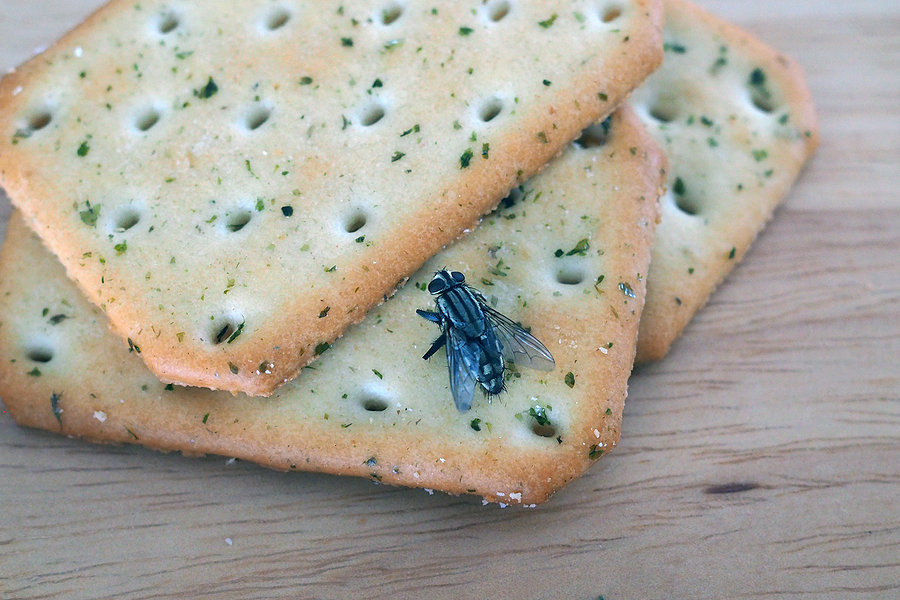READY TO GET STARTED?
REQUEST A FREE ESTIMATE
Fill out the form below or call (888) 466-7849 for a free, no-obligation estimate.

Flies can be considered a huge annoyance, whether you’re outside or inside the home. These pests seem to constantly find their way back to irritate you after you’ve already swatted them away a thousand times! It’s important to know that while at a glance flies can look the same, there are actually different types, each with their own set of characteristics.
House Fly
The house fly is the most common type of fly that is easily identifiable and can be found widespread throughout the United States. These pests are gray with four black stripes on their thorax with slightly hairy bodies. The house fly has red eyes that contain thousands of individual lenses that give them a wider vision. Since house flies do not have teeth or a stinger, these insects feed only off liquids found from human food, animal carcasses, and garbage.
While house flies will not sting humans, they can transfer more than 100 different pathogens including salmonellosis, typhoid, and tuberculosis. They can also contaminate food surfaces by spreading diseases picked up on their legs and mouths when feeding on any trash or feces.
Fruit Fly
Known for their ability to rapidly reproduce, fruit flies can be found indoors year-round. These insects have an oval-shaped body with six legs and antennae on their heads. These flies are attracted to and eat rotting food; more specifically they tend to gravitate towards fruits and vegetables. Fruit flies are also attracted to and will breed in dark, moist areas like drains, garbage disposals, and trashcans. They can also lay around 500 eggs that can hatch in as little as 24 hours.
While these insects won’t bite or sting, like house flies they too can contaminate foods with dangerous bacteria and disease-causing pathogens.
Horsefly
Horseflies are commonly found in both suburban and rural areas, usually near bodies of water that they use for breeding. These insects have large eyes with horizontal stripes along with their bodies. These flies are exceptionally good at flying and can travel more than 30 miles without stopping. They are most active during sunny, hot days and will typically rest on paths and roads, especially in wooded areas where they wait for potential hosts.
While male horseflies do not consume blood, female horseflies do. Female horsefly bites are rather painful since their mouthparts are used for cutting open flesh instead of sucking blood like mosquitoes. These bites are also known to cause an allergic reaction.
If you have an infestation of any species of fly, contact a professional pest control company who can provide you with the appropriate treatment and prevention plan.
Categories